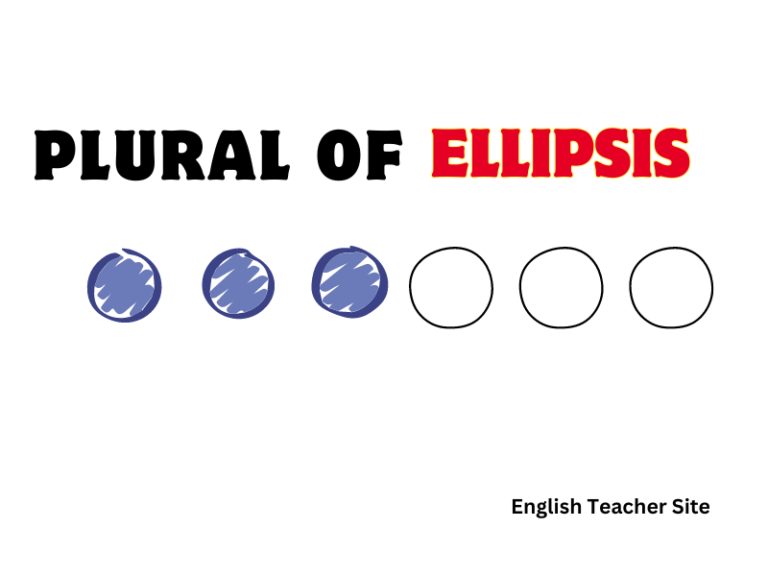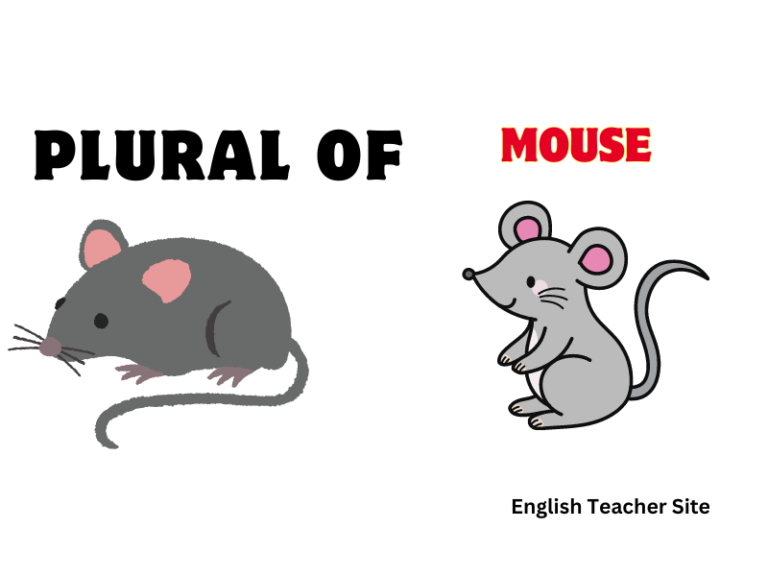What’s the Plural of Series: Understanding Singular and Plural Forms

- “Series” remains the same in both its singular and plural forms.
- Context determines the singular or plural usage of “series” in sentences.
- “Series” is an example of an irregular plural noun in English.
The usage of “series” in both singular and plural contexts relies on the accompanying words or the context within the sentence to clarify its number. This distinct feature of the word makes it an interesting example of English grammar’s intricacies. Whether discussing a single sequence or several, understanding when and how to use “series” correctly is crucial for proper communication.
What’s the Plural of Series?
The confusion primarily arises because series is a count noun that denotes a collection or succession, which intrinsically suggests multiplicity. Here’s how to understand it:
| Singular Usage | Plural Usage |
|---|---|
| A series of events. | Two series of novels. |
| A series is fascinating. | Several series are airing. |
A series can refer to one set, like a sequence of television episodes, or it can imply multiple sets. Here are additional points:
- Series can be singular or plural based on context.
- The construction of a sentence around series will clarify whether it is singular or plural.
- Singular: “The series is popular among viewers.”
- Plural: “All the series are available on streaming platforms.”
The rules governing the pluralization of series are the same whether referring to TV shows or other sequences, such as a series in sports or scientific series. Remember, the key lies in the verb that follows, revealing whether it denotes one set or multiple.
| Context | Example Sentence | Verb Form Used |
|---|---|---|
| Singular Context | This series is adapted from a famous novel. | Singular: is |
| Plural Context | These series are created by the same writer. | Plural: are |
Understanding Series
Singular vs. Plural Form:
“Series” is an interesting noun because it remains unchanged whether it is indicating a single sequence or multiple sequences. That is to say, “series” is both the singular and plural form of the word. This specific type of noun is known as an invariant.
| Singular Use | Plural Use |
|---|---|
| A series of lectures was scheduled. | Two series of lectures were scheduled. |
Countability and Usage:
As a count noun, “series” refers to a number of related events, things, or works, often with a set sequence.
- Singular: A single set of events.
- Plural: Multiple sets of related events.
Contextual Clarity:
Despite the singular and plural forms being identical in spelling, context usually clarifies the intended meaning.
- The television series is popular among teens.
- The television series have different story arcs.
In literature and media, a “series” can be a collection of books or programs that are intended to be consumed sequentially, each entry building upon the last.
Invariant Nouns and Learning:
- Typically, nouns ending in -s, -ss, -x, -sh, and -ch form their plural by adding -es. (e.g., classes, boxes)
- Nouns ending in a consonant plus -y change the -y to -ies. (e.g., cities)
- However, “series” remains steadfastly the same.
Singular Form of Series
The word “series” is unique because it is both singular and plural in form. This means that when you’re referring to just one set or group of items, events, or other sequential elements, you would still say “series.” The singular usage accurately denotes a collective set.
For example, when discussing a television show with multiple episodes, one would state, “This series covers the historical events comprehensively.” The intent here is clear: a single show consisting of a sequence is being referred to, not multiple shows.
Characteristics of Singular ‘Series’ Usage:
- Consistency: The form ‘series’ remains unchanged whether in singular or plural context.
- Contextual Understanding: The quantity referred to is discerned from context rather than form.
| Singular Use | Description |
|---|---|
| Pronunciation | The word ‘series’ maintains the same pronunciation in both singular and plural forms. |
| Article Usage | When ‘series’ is singular, it is preceded by an article: ‘a series’ or ‘the series’, e.g., “She watched a series of documentaries on marine life.” |
Highlights:
- Use articles such as “a” or “the” to indicate singular.
- Singular verbs accompany singular ‘series’ when it is the subject of a sentence.
Irregular Plural Nouns
Examples of Regular to Irregular Plural Transformations:
| Singular | Regular Plural | Irregular Plural |
|---|---|---|
| Cat | Cats | |
| Bus | Buses | |
| Man | Mans | Men |
| Child | Childs | Children |
| Tooth | Toothes | Teeth |
When to Use Singular vs. Irregular Plural Forms
- Singular: A single entity or concept.
- Plural: Multiple entities or occasions.
Consider the context to determine whether to use the singular or plural form:
- Use “series” to refer to one set of sequenced events or items.
- Use “series” again when discussing multiple sets.
Here are some examples:
- He watched the entire series in one weekend.
- She enjoyed several series from the same author.
Series in Context
| Singular Use | Plural Use |
|---|---|
| The series is popular among teens. | Several series cover the topic of history. |
| This series features an all-star cast. | All series have their own unique story arcs. |
Key phrases or nouns following “series” can influence verb agreement:
- “A series of books was released,” uses a singular verb.
- “The series of events were unexpected,” might use a plural verb.
| Context | Verb Agreement | Example Sentence |
|---|---|---|
| A sequence as one item | Singular | This series is captivating. |
| Multiple sequences or collections | Plural | The two series are different in tone. |
Understanding context with example sentences:
- Singular: “The documentary series proves to be insightful.”
- Plural: “These comedy series offer a light-hearted escape.”
Origin of the Word Series
The term “series” holds its roots deep in the history of language. Derived from Latin, its etymology is intertwined with the themes of sequence and continuity.
Table 1: Etymology of ‘Series’
| Origin Language | Latin |
|---|---|
| Original Term | Serere |
| Meaning | To join together/attach |
This Latin verb, “serere,” which means “to join together” or “to attach,” evolved into the noun series. The transformation signified a grouping of objects or events placed in a specific order or sequence. The journey of the word into English usage was documented in the early 17th century.
Early Usage:
- The word “series” first appeared around 1611, precisely marked by literary records.
- It denoted a succession of things with a particular characteristic in common.
Continuity in Singular and Plural:
- Series is both the singular and plural form.
- This linguistic feature, where a word remains unchanged in the plural, is known as an “invariant” or “unchanged” plural.
The word “series” exemplifies how some nouns retain their form regardless of the context or quantity.
Table 2: Use of ‘Series’ in Singular and Plural Forms
| Singular Use | Plural Use |
|---|---|
| A series | Two series |
| One series | Multiple series or various series |
Synonyms for Series
Sequential Groupings
In contexts where the order of items or events is critical, the following terms are often used interchangeably with ‘series’:
- Sequence: A following of one thing after another.
- Succession: A number of things sharing a specified characteristic and following one after the other.
- Progression: A gradual advancement or movement from one point to another within a sequence.
Synonyms Table
The table below lists synonymous terms and their related contexts or nuances.
| Synonym | Context/Nuance |
|---|---|
| Cycle | A series of events that recur regularly and in the same order. |
| Chain | A series of connected or related items. |
| String | A series of objects threaded together or a number of similar events. |
| Train | A series of related events or ideas following each other. |
Collections and Sets
Another aspect of ‘series’ relates to a grouping of items or events perceived as a set due to their common characteristics.
- Set: A group of similar things that belong together.
- Collection: A group of items or works brought together.
- Batch: A set of things or people regarded as a group or samplings.
Varieties and Multiples
For describing various kinds or instances of series, the following terms also suffice:
- Array: An ordered series or arrangement of related items.
- Range: A line or number of items varied but related to each other.
- Suite: A series of related items intended to be used together.
- Array emphasizes order and arrangement.
- Range suggests diversity within the group.
- Suite conveys the idea of complementarity and intended use together.
Sources
My name is Khamis Maiouf. I am the creator of the English Teacher Site, dedicated to providing valuable resources and insights for students around the world. With a passion for education and a commitment to helping students enhance their skills, I aim to make English teaching more effective and enjoyable for both educators and students.






